
The Enchanting Pink Sands of Sta. Cruz Island
Discover the pink sand paradise of Sta. Cruz Island in Zamboanga City, Philippines, where natural beauty meets cultural richness, offering a unique tropical escape.
Sta. Cruz Island, located just off the coast of Zamboanga City in the Philippines, is a captivating destination known for its unique pink sand beaches. This natural wonder is formed by a mix of white sand and crushed red organ pipe coral, creating a stunning pink hue that is both rare and mesmerizing. The island offers more than just its picturesque coastline, with vibrant marine life and clear blue waters that make it a paradise for snorkeling and diving enthusiasts. Beyond its natural beauty, Sta. Cruz Island also offers a glimpse into the rich culture and history of the region. Visitors can explore the local Sama-Banguingui community, known for their traditional stilt houses and weaving crafts. Engaging with the locals provides a deeper understanding of their way of life and the island’s cultural heritage. Additionally, the island is a haven for bird watchers, with various species of migratory birds making it their seasonal home. A trip to Sta. Cruz Island is not complete without tasting the local seafood delicacies. Freshly caught fish, crabs, and other seafood are often prepared in traditional Filipino styles, offering a delightful culinary experience. The island's serene environment, combined with its natural and cultural attractions, makes it an ideal destination for those looking to escape the hustle and bustle of city life and immerse themselves in a tranquil and picturesque setting.
Local tips in Sta. Cruz Island
- Visit early in the morning to avoid the midday heat and crowds.
- Bring cash as there are no ATMs or card facilities on the island.
- Pack reef-safe sunscreen to protect the marine life.
- Hire a local guide to enhance your cultural experience and ensure you don't miss any key spots.
- Don't forget your snorkeling gear to explore the vibrant underwater world.
The Enchanting Pink Sands of Sta. Cruz Island
Sta. Cruz Island, located just off the coast of Zamboanga City in the Philippines, is a captivating destination known for its unique pink sand beaches. This natural wonder is formed by a mix of white sand and crushed red organ pipe coral, creating a stunning pink hue that is both rare and mesmerizing. The island offers more than just its picturesque coastline, with vibrant marine life and clear blue waters that make it a paradise for snorkeling and diving enthusiasts. Beyond its natural beauty, Sta. Cruz Island also offers a glimpse into the rich culture and history of the region. Visitors can explore the local Sama-Banguingui community, known for their traditional stilt houses and weaving crafts. Engaging with the locals provides a deeper understanding of their way of life and the island’s cultural heritage. Additionally, the island is a haven for bird watchers, with various species of migratory birds making it their seasonal home. A trip to Sta. Cruz Island is not complete without tasting the local seafood delicacies. Freshly caught fish, crabs, and other seafood are often prepared in traditional Filipino styles, offering a delightful culinary experience. The island's serene environment, combined with its natural and cultural attractions, makes it an ideal destination for those looking to escape the hustle and bustle of city life and immerse themselves in a tranquil and picturesque setting.
Iconic landmarks you can’t miss
Fort Pilar Shrine
Explore the historical significance and serene beauty of Fort Pilar Shrine in Zamboanga, a must-visit landmark that embodies local culture and spirituality.
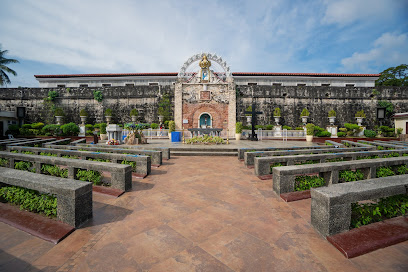
Plaza Pershing
Explore Plaza Pershing, Zamboanga's beautiful park offering tranquility, cultural richness, and a vibrant community atmosphere for every traveler.
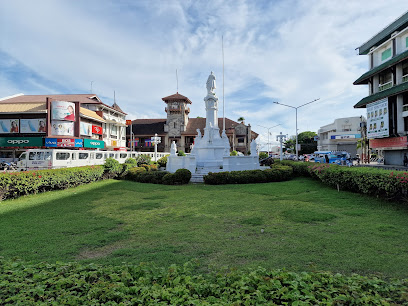
Grande Santa Cruz Island
Discover the natural beauty and vibrant marine life of Grande Santa Cruz Island, a tropical paradise in Zamboanga, Philippines, perfect for beach lovers and adventurers.
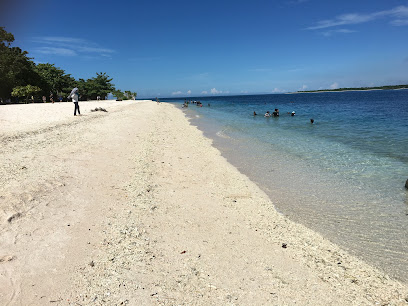
Little Sta. Cruz Island Sand Bar
Explore the serene shores of Little Sta. Cruz Island Sand Bar, a hidden gem in Zamboanga offering pristine beaches and tranquil waters for the perfect escape.
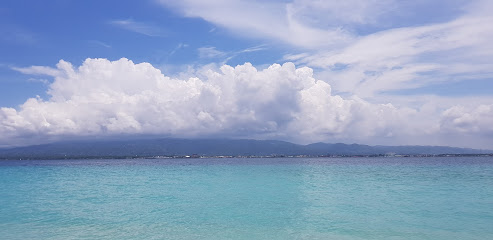
Santa Cruz Island Ferry Terminal
Discover the stunning Santa Cruz Island from the Santa Cruz Island Ferry Terminal, your gateway to adventure in Zamboanga del Sur, Philippines.
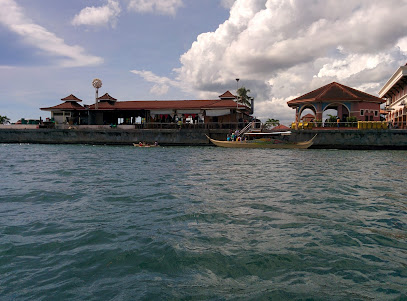
Little Santa Cruz Island
Explore the serene beauty of Little Santa Cruz Island, a hidden gem in Zamboanga, Philippines, offering pristine beaches and vibrant marine life.
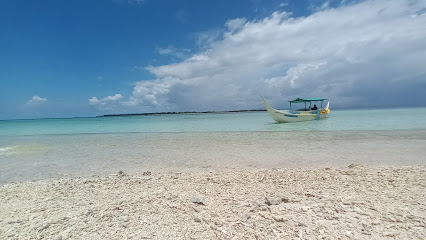
Grande Sta. Cruz Island, Zamboanga City
Explore Grande Sta. Cruz Island, a tropical paradise in Zamboanga City known for its pristine beaches and vibrant marine life, perfect for relaxation and adventure.
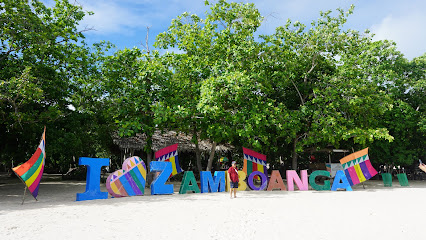
PINK SAND BEACH
Explore the breathtaking Pink Sand Beach in Zamboanga, a hidden gem known for its stunning pink-hued sands and vibrant coral reefs, perfect for relaxation and adventure.
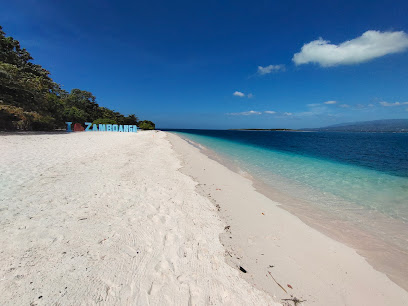
Sta cruz island lagoon
Explore the stunning Sta Cruz Island Lagoon in Zamboanga del Sur, a perfect blend of natural beauty and cultural richness for every traveler.

Sta Cruz Village
Explore the charm of Sta Cruz Village, a serene housing society in Zamboanga del Sur, where local culture meets stunning natural beauty.
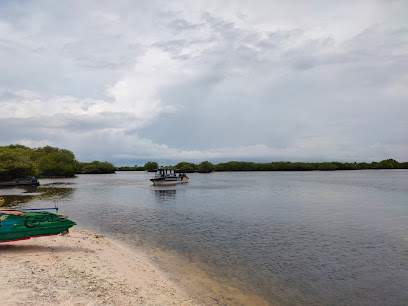
Unmissable attractions to see
R.T. Lim Boulevard
Experience the enchanting waterfront beauty of R.T. Lim Boulevard in Zamboanga, where vibrant sunsets and local flavors await every traveler.
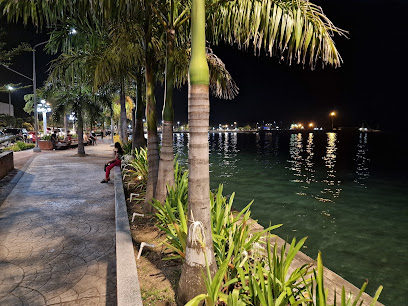
Grande Santa Cruz Island
Explore the breathtaking Grande Santa Cruz Island in Zamboanga, a tropical paradise perfect for relaxation, adventure, and cultural experiences.

Pasonanca Tree House
Experience the captivating beauty of Pasonanca Tree House, a unique attraction nestled in the lush greenery of Zamboanga's Pasonanca Park.
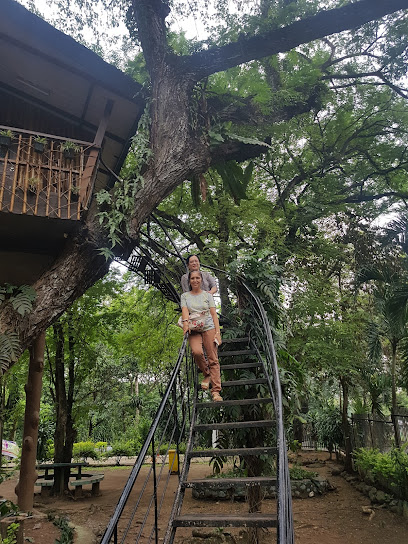
La' Guerta Adventure Park
Experience the thrill of adventure and the beauty of nature at La' Guerta Adventure Park in Zamboanga del Sur, a perfect getaway for all ages.
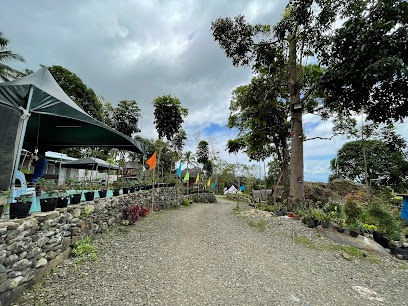
Little Sta. Cruz Island Sand Bar
Discover the serene beauty of Little Sta. Cruz Island Sand Bar in Zamboanga, a tropical paradise perfect for relaxation and underwater adventures.
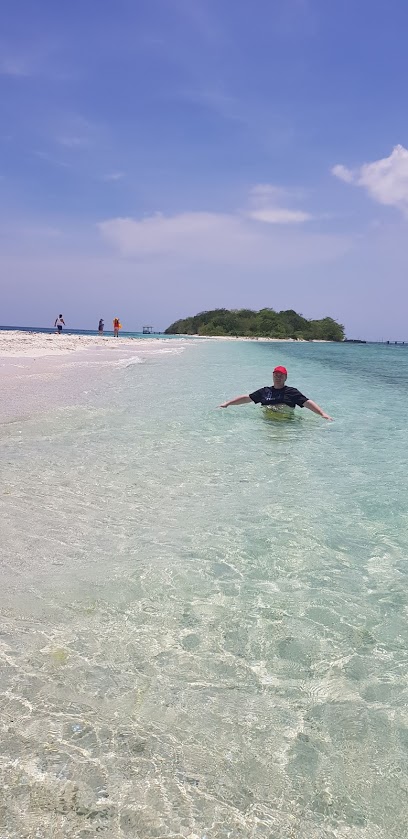
Little Santa Cruz Island
Escape to Little Santa Cruz Island in Zamboanga, where pristine beaches and vibrant marine life await in a serene tropical paradise.
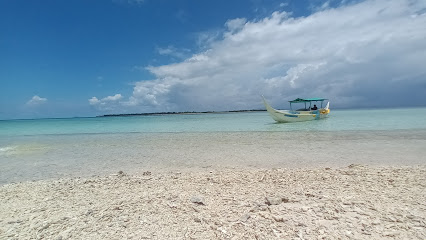
Grande Sta. Cruz Island, Zamboanga City
Explore Grande Sta. Cruz Island's pristine beaches and vibrant marine life in Zamboanga City, a tropical paradise for adventure seekers and relaxation.
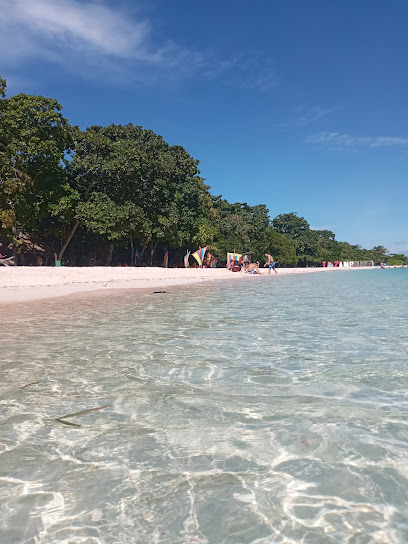
PINK SAND BEACH
Discover the breathtaking beauty of Pink Sand Beach in Zamboanga, where unique pink sands meet crystal-clear waters for an unforgettable tropical escape.
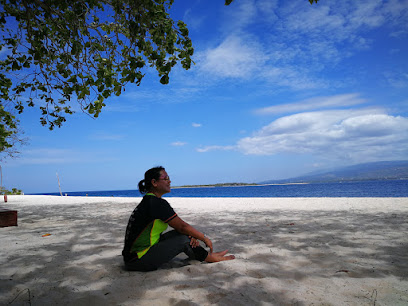
Sta cruz island lagoon
Explore the enchanting Sta Cruz Island Lagoon, a serene haven of crystal-clear waters and lush landscapes in Zamboanga del Sur, Philippines.
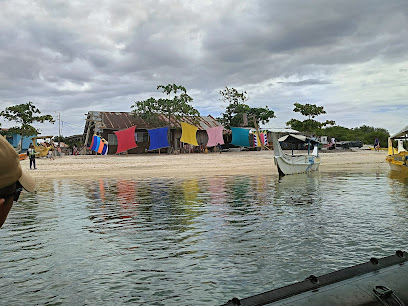
Essential places to dine
Jimmy's Satti Haus
Discover authentic Filipino flavors at Jimmy's Satti Haus - where family-friendly dining meets local culinary tradition in Zamboanga.

Chinito's Restaurant
Experience the vibrant flavors of Asia at Chinito's Restaurant in Zamboanga—where Filipino hospitality meets culinary excellence.
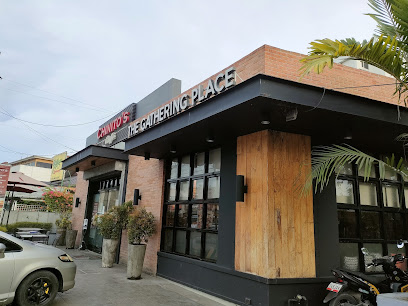
Hai San Seafood Market And Restaurant
Discover the vibrant flavors of Zamboanga at Hai San Seafood Market And Restaurant, where fresh catches meet authentic Filipino cuisine.
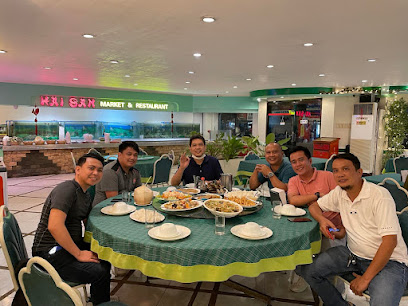
lOS Restaurant
Discover the rich flavors of Filipino cuisine at lOS Restaurant in Zamboanga - where tradition meets taste in every dish.
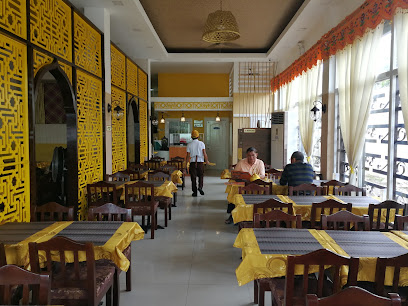
La Vista del Mar Restaurant
Experience exquisite seafood dining with breathtaking views at La Vista del Mar Restaurant in Zamboanga del Sur.
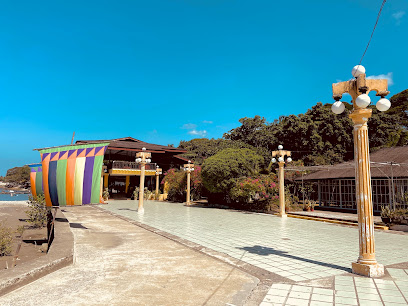
Mico's Kamayan
Discover authentic Filipino cuisine at Mico's Kamayan - where family gatherings meet delicious tradition in Zamboanga.
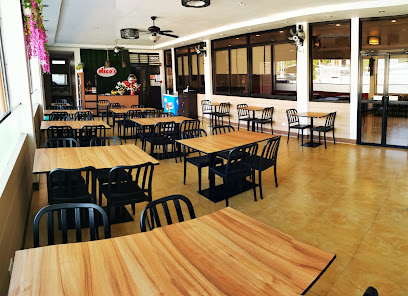
Abalone Restaurant
Experience the best of Zamboanga's culinary scene at Abalone Restaurant - where local flavors meet exceptional dining.

Bistro Escondido
Experience authentic Filipino barbecue at Bistro Escondido in Zamboanga – where every bite tells a story of flavor.
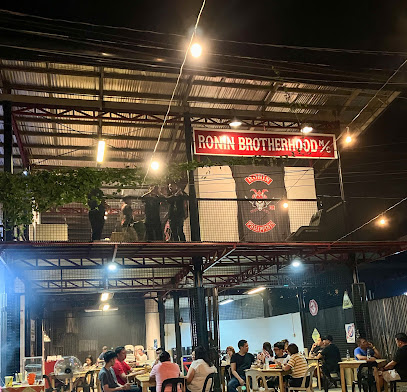
Hangout Resto Zamboanga City
Experience the best hamburgers in Zamboanga City at Hangout Resto - where local flavors meet classic favorites.

ASY chicken barbeque unli rice
Savor the authentic taste of Zamboanga at ASY Chicken Barbeque Unli Rice - where every bite brings you closer to Filipino culinary traditions.
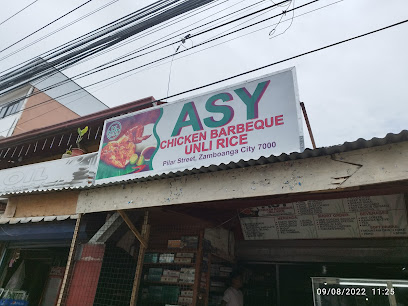
Markets, malls and hidden boutiques
Atomic Bazaar
Explore unique local fashion at Atomic Bazaar, a vibrant clothing store in Zamboanga offering trendy styles and cultural flair.
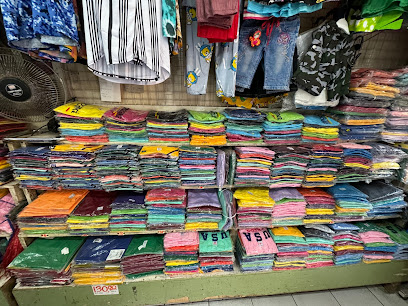
Hiluck Trading
Explore Hiluck Trading in Zamboanga for unique, locally crafted gifts that embody the spirit of the region.
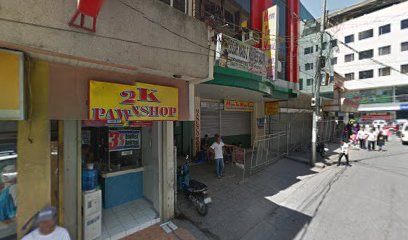
Meng's Store
Explore a diverse selection of religious goods at Meng's Store in Zamboanga—where spirituality meets cultural richness.
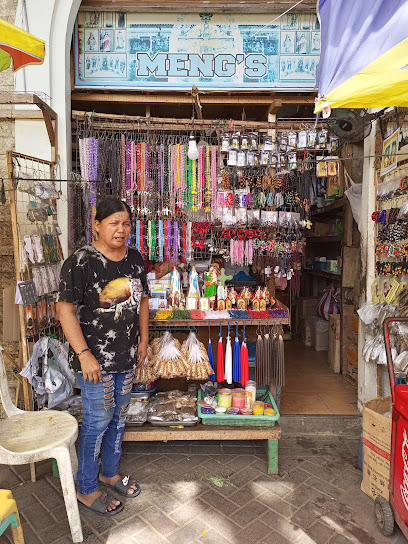
Fabulousa Ina & Fabulous Finds Boutique
Explore a treasure trove of gifts, clothing, and local crafts at Fabulousa Ina & Fabulous Finds Boutique in Zamboanga City.
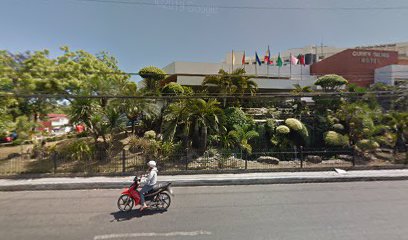
Checkbooks Specialty Store
Explore Zamboanga's charm through unique souvenirs and handcrafted items at the Checkbooks Specialty Store, a must-visit for every tourist.
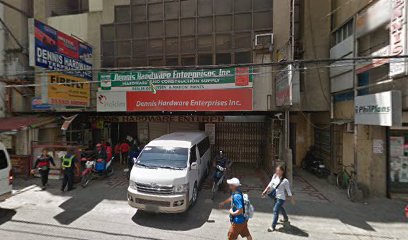
Choose Gift Shop
Explore a treasure trove of authentic Filipino souvenirs at Choose Gift Shop in Zamboanga, where culture meets craftsmanship.
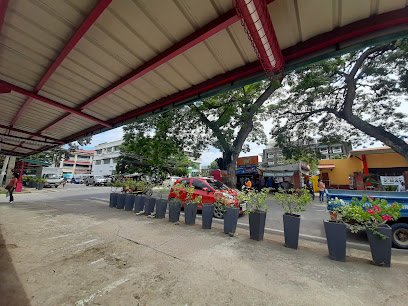
Batiks Boutique
Explore Batiks Boutique in Zamboanga for exquisite handcrafted fabrics and authentic Filipino crafts, a must-visit for culture-loving tourists.
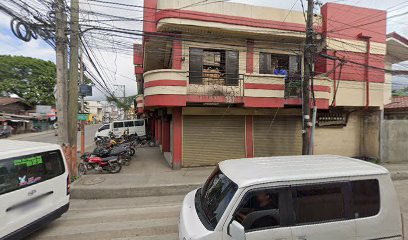
Fatoom Fashion Boutique
Explore Fatoom Fashion Boutique in Zamboanga for unique clothing and accessories that blend local culture with modern fashion trends.

Crafts by NaNa’s Zamboanga Branch
Explore Zamboanga's culture at Crafts by NaNa, offering unique handmade souvenirs and local handicrafts that embody the spirit of the Philippines.

Aboobuts Boutique
Explore Aboobuts Boutique in Zamboanga for unique clothing that blends local culture with modern trends, perfect for stylish souvenirs.
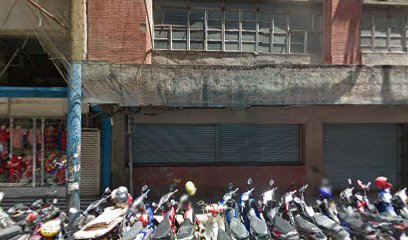
Essential bars & hidden hideouts
Little Sta. Cruz Island Sand Bar
Experience the pristine beauty of Little Sta. Cruz Island Sand Bar, a tranquil escape in Zamboanga, Philippines, perfect for relaxation and adventure.
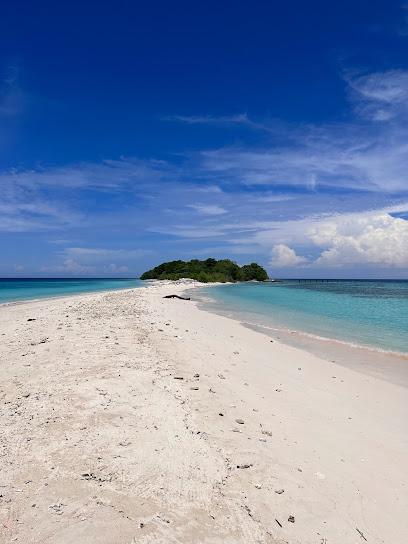
Kamayan
Discover Kamayan in Zamboanga, where traditional Filipino grilling meets a lively dining experience perfect for locals and tourists alike.
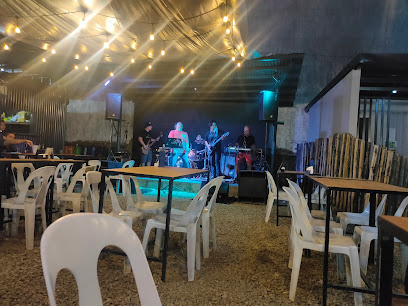
History Karaoke Bar and Cocktail Lounge
Discover the vibrant nightlife of Zamboanga at History Karaoke Bar and Cocktail Lounge, where music and cocktails unite for an unforgettable experience.
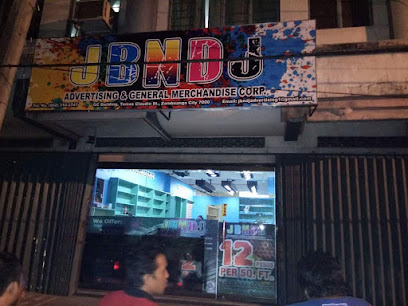
First Class
Experience the vibrant nightlife of Zamboanga at First Class Bar, where locals and tourists gather for unforgettable moments and delicious drinks.
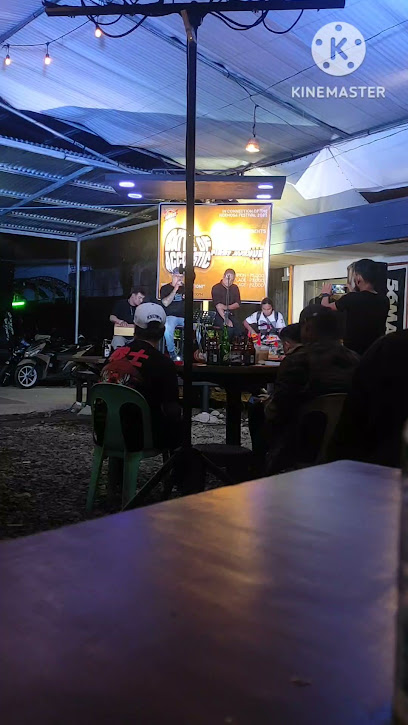
Queens Street Resto Bar
Discover the lively ambiance of Queens Street Resto Bar in Zamboanga, where local culture meets vibrant nightlife and refreshing drinks.
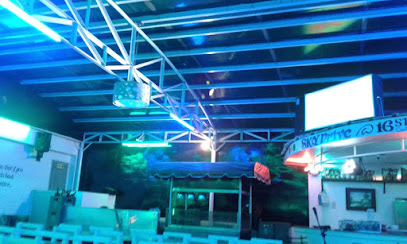
SANTO NINO
Experience Zamboanga's vibrant nightlife at Santo Nino, the ultimate bar for locals and tourists to gather and enjoy delicious drinks in a lively atmosphere.
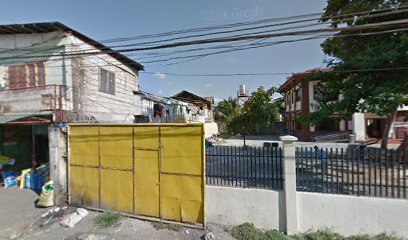
Rustic Shots
Discover the vibrant nightlife at Rustic Shots, a cozy bar in Zamboanga offering local drinks and a lively ambiance to unwind and socialize.

Duh Bar
Discover Zamboanga's cocktail culture at Duh Bar, where innovative drinks and a lively atmosphere await every visitor.
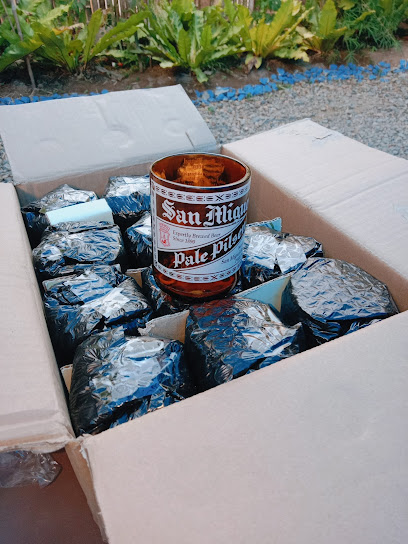
Cowboys bar
Discover the lively atmosphere and vibrant nightlife at Cowboys Bar in Zamboanga, where locals and tourists come together to enjoy great drinks and music.

Sanctuary Resto Bar
Discover the flavors of Zamboanga at Sanctuary Resto Bar, where delicious grilled dishes and a welcoming ambiance await you.
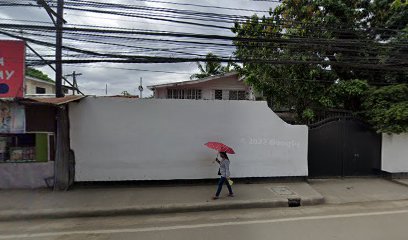
Local Phrases
-
- HelloKumusta
[koo-MOO-sta] - GoodbyePaalam
[pa-AH-lam] - YesOo
[oh] - NoHindi
[hin-dee] - Please/You're welcomePakiusap/Pakikisama
[pa-kee-oo-SAP/pa-kee-kee-SAH-ma] - Thank youSalamat
[sa-la-MAT] - Excuse me/SorryPaumanhin/Pasensya
[pa-oo-MAN-hin/pa-SEN-sya] - How are you?Kamusta ka?
[ka-MOO-sta ka] - Fine. And you?Mabuti. Ikaw?
[ma-BOO-tee. ee-KAW] - Do you speak English?Marunong ka ba mag-Ingles?
[ma-roo-NONG ka ba mag-eeng-LES] - I don't understandHindi ko maintindihan
[hin-dee ko main-tin-di-HAN]
- HelloKumusta
-
- I'd like to see the menu, pleaseGusto ko sana makita yung menu, pakiusap
[GOO-sto ko sa-na ma-KEE-ta yoong MEH-noo, pa-kee-oo-sap] - I don't eat meatHindi ako kumakain ng karne
[hin-dee ah-KO koo-ma-KAI-n ng KAR-ne] - Cheers!Mabuhay!
[ma-BOO-hay] - I would like to pay, pleaseGusto ko sanang magbayad, pakiusap
[GOO-sto ko sa-NANG mag-ba-YAD, pa-kee-oo-sap]
- I'd like to see the menu, pleaseGusto ko sana makita yung menu, pakiusap
-
- Help!Tulong!
[too-LONG] - Go away!Lumayo ka!
[lu-MA-yo ka] - Call the Police!Tumawag ng pulis!
[too-MA-wag ng poo-LIS] - Call a doctor!Tawag ka ng doktor!
[ta-WAG ka ng DOK-tor] - I'm lostNawawala ako
[na-wa-WA-la ah-KO] - I'm illMay sakit ako
[mahy sa-KEET ah-KO]
- Help!Tulong!
-
- I'd like to buy...Gusto ko bumili ng...
[GOO-sto ko boo-MEE-lee ng] - I'm just lookingNagmamasid lang ako
[nag-ma-MA-sid lang ah-KO] - How much is it?Magkano ito?
[mag-KA-no ee-TO] - That's too expensiveMasyadong mahal
[ma-SYA-dong ma-HAL] - Can you lower the price?Pwedeng babaan mo ang presyo?
[pwe-DENG ba-BA-an mo ahng PRES-yo]
- I'd like to buy...Gusto ko bumili ng...
-
- What time is it?Anong oras na?
[a-NONG o-RAS na] - It's one o'clockAlas una na
[a-LAS OO-na na] - Half past (10)Alas diyes y medya
[a-LAS di-YES ee med-YA] - MorningUmaga
[u-MA-ga] - AfternoonHapon
[HA-pon] - EveningGabi
[GA-bee] - YesterdayKahapon
[ka-HA-pon] - TodayNgayon
[NGA-yon] - TomorrowBukas
[BOO-kas] - 1Isa
[ee-SAH] - 2Dalawa
[da-LA-wa] - 3Tatlo
[TAT-lo] - 4Apat
[a-PAT] - 5Lima
[LEE-ma] - 6Anim
[a-NEEM] - 7Pito
[PEE-to] - 8Walo
[WA-lo] - 9Siyam
[SEE-yam] - 10Sampu
[SAM-poo]
- What time is it?Anong oras na?
-
- Where's a/the...?Nasaan ang...?
[na-SA-an ang] - What's the address?Ano ang address?
[a-NO ang address] - Can you show me (on the map)?Maari mo ba akong ipakita (sa mapa)?
[ma-a-REE mo ba a-KONG ee-pa-KEE-ta sa MA-pa] - When's the next (bus)?Kailan ang susunod na (bus)?
[ka-ee-LAN ang su-SU-nod na bus] - A ticket (to ....)Isang tiket (papuntang ....)
[ee-SANG tiket pa-PUN-tang]
- Where's a/the...?Nasaan ang...?
History of Sta. Cruz Island
-
Sta. Cruz Island, known for its stunning pink sand beaches created by crushed red coral, has been home to various indigenous groups, including the Sama-Bajau, long before colonial influences. These communities have a rich maritime culture, with fishing and boat-building as primary livelihoods, contributing to the region's vibrant cultural tapestry.
-
During the Spanish colonial period in the 16th century, Sta. Cruz Island was strategically significant for its location near Zamboanga City, which served as an important military outpost. The Spanish established fortifications in the area to protect against pirate attacks and to control trade routes, leading to the island's integration into the broader colonial administration.
-
Sta. Cruz Island played a role during World War II when Japanese forces occupied the Philippines. The island was a strategic point for military operations, and remnants of this tumultuous period can still be found in the form of old bunkers and fortifications, offering a glimpse into the historical significance of the area during wartime.
-
In recent decades, the local government has focused on preserving the unique cultural heritage of Sta. Cruz Island, particularly the traditions of the Sama-Bajau people. Cultural festivals and community events celebrate the island's rich history and the resilience of its indigenous population, fostering a sense of identity and belonging among residents.
-
In the 21st century, Sta. Cruz Island has emerged as a prominent tourist destination, attracting visitors with its natural beauty and cultural heritage. Development efforts have aimed at balancing tourism with the preservation of the island's ecological and cultural resources, ensuring that both locals and visitors can appreciate its history while promoting sustainable practices.
Sta. Cruz Island Essentials
-
To reach Sta. Cruz Island from Zamboanga City, take a short boat ride from the Paseo del Mar, where local boats (banca) operate regularly. The journey typically takes around 15-20 minutes. You can hire a boat or join a group tour, which is often more economical. Ensure to check the boat schedules, especially during the rainy season when services may be affected.
-
Sta. Cruz Island is primarily a small island, making it ideal for exploration on foot. There are no public transport options like buses or trains available on the island. Bicycles and scooters are not commonly used here, so walking is the best way to enjoy the natural beauty and attractions. Guided tours are often available, providing insights into the island's history and ecology.
-
While Sta. Cruz Island is generally safe for tourists, standard safety precautions should be observed. Avoid isolated areas after dark and be cautious of your belongings. It's advisable to stay in well-lit areas and travel in groups. Zamboanga City has some neighborhoods with higher crime rates, particularly at night, so always opt for safe transportation back to the city.
-
In case of an emergency, contact local authorities by dialing 911. The nearest medical facilities are located in Zamboanga City, so it’s recommended to have travel insurance that includes medical coverage. For minor health issues, first aid kits are available in some local establishments, but it’s wise to carry basic medications with you.
-
Fashion: Do wear lightweight, modest clothing suitable for the tropical climate. Don't wear swimwear outside the beach area. Religion: Do respect local customs, especially when visiting cultural sites. Public Transport: Do ask for permission before taking photos of locals. Don't engage in loud conversations or disruptive behavior. Greetings: Do greet locals with a friendly smile and a simple 'hello' in Chavacano. Eating & Drinking: Do try local seafood delicacies and fresh coconut juice. Don't litter; respect the natural environment.
-
To experience Sta. Cruz Island like a local, engage with fishermen or boatmen who can provide insights into local traditions and fishing practices. Enjoy a picnic on the beach with fresh fruits from local vendors. Participate in community activities when possible, such as traditional boat racing, which can be a fun way to connect with the local culture. Always check the tides if planning beach activities, as they can affect accessibility.
Nearby Cities to Sta. Cruz Island
-
Things To Do in Cagayan de Oro
-
Things To Do in Camiguin
-
Things To Do in Davao City
-
Things To Do in Bohol
-
Things To Do in Cebu City
-
Things To Do in Sandakan
-
Things To Do in Puerto Princesa
-
Things To Do in Palawan
-
Things To Do in Siargao
-
Things To Do in Boracay
-
Things To Do in Kota Kinabalu
-
Things To Do in Manado
-
Things To Do in Legazpi
-
Things To Do in Muara
-
Things To Do in Bangar







